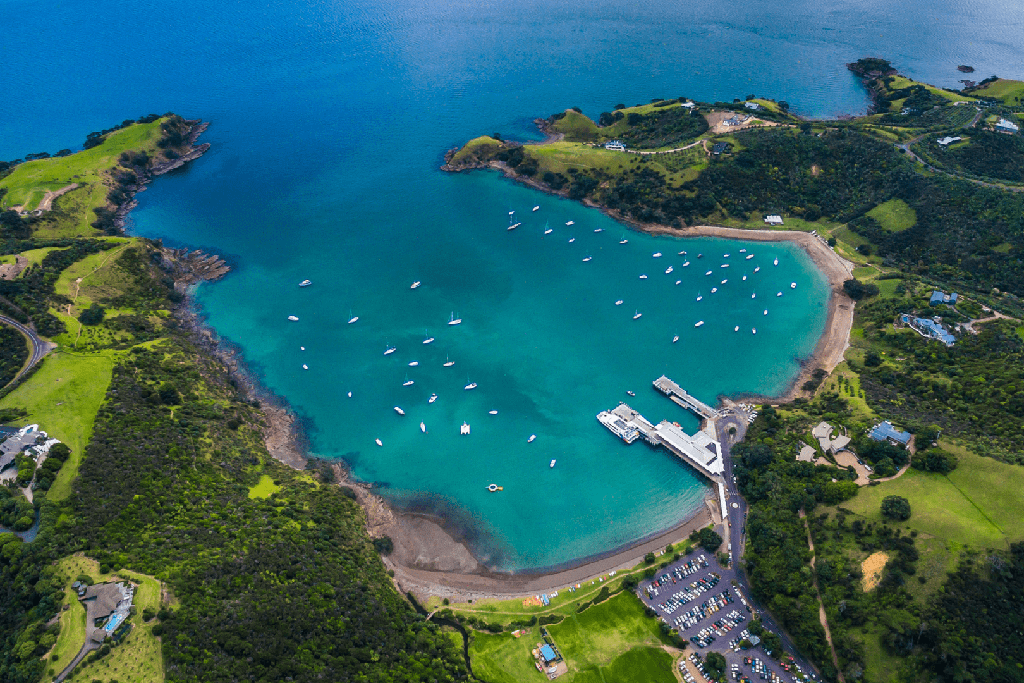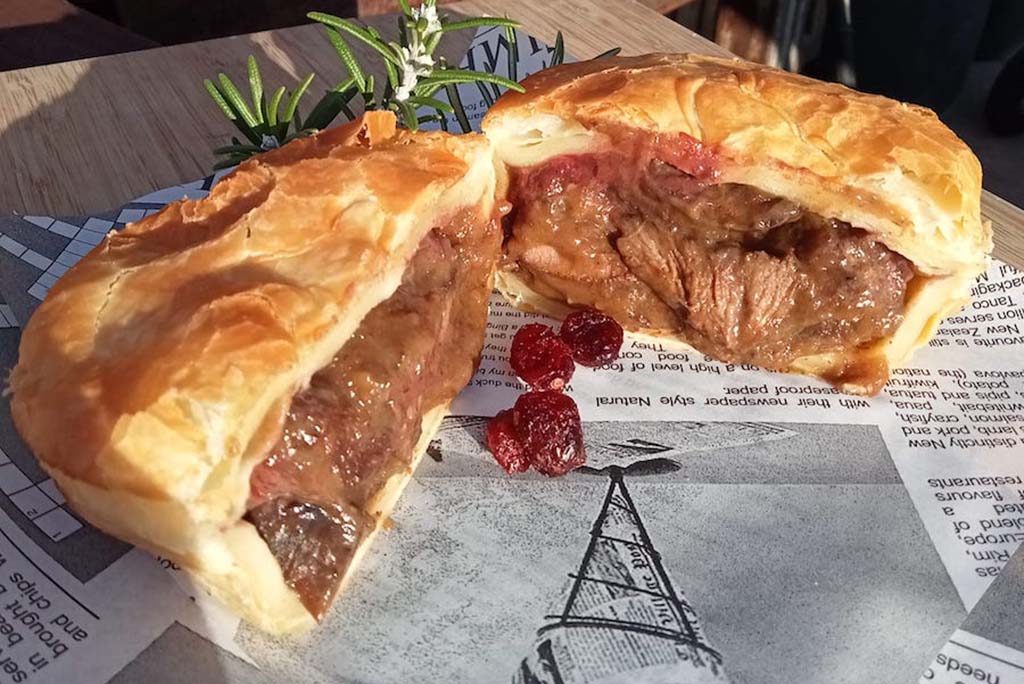Auckland, often referred to as the “City of Sails,” offers a rich blend of urban sophistication and natural beauty. My recent trip to this vibrant city was nothing short of spectacular. From preparing my travel gear to experiencing local etiquette, and from exploring breathtaking sites to savoring delicious street food, here’s a comprehensive account of my Auckland adventure.
Preparing for the Trip
Travel Gear
Packing for Auckland required a balance between urban exploration and outdoor adventure. Here’s what I packed:
– Lightweight Clothing: Auckland’s climate is temperate, so lightweight, breathable clothing was essential. I packed t-shirts, shorts, and a couple of light jackets for cooler evenings.
– Comfortable Footwear: For city walks and nature hikes, I brought a pair of comfortable walking shoes and a pair of sandals.
– Backpack: A durable, water-resistant backpack was handy for day trips.
– Electronics: My camera, smartphone, and a portable charger were indispensable for capturing moments and navigating the city.
– Travel Essentials: A reusable water bottle, sunscreen, a hat, and sunglasses protected me from the sun, while a small first-aid kit ensured I was prepared for minor injuries.
Appropriate Attire
Auckland’s fashion scene is casual yet chic. Here’s how I dressed appropriately for various activities:
– Urban Exploration: Casual wear like jeans, t-shirts, and sneakers worked well for city exploration and dining out.
– Beach Visits: Swimwear, flip-flops, and a beach towel were perfect for Auckland’s stunning beaches.
– Hiking: For hikes, I wore moisture-wicking clothing, sturdy hiking boots, and a hat.
Currency Exchange
New Zealand uses the New Zealand Dollar (NZD). Here’s how I managed my currency:

– Airport Exchange: Upon arrival at Auckland Airport, I exchanged a small amount of money at a currency exchange booth for immediate expenses.
– ATMs: Using my debit card, I withdrew cash from ATMs around the city, which offered better exchange rates.
– Credit Cards: Most places in Auckland accept credit cards, so I used mine for larger purchases and dining out.
Getting a Local SIM Card
Staying connected in Auckland was crucial. Here’s how I got a local SIM card:
– Airport Purchase: At Auckland Airport, several kiosks offered prepaid SIM cards. I chose a plan from Vodafone, which provided good coverage and data packages.
– Activation: The SIM card was easy to activate, and the staff at the kiosk helped set it up on my phone.
– Top-Up: I topped up the SIM card online whenever I needed more data or call minutes.
Understanding Local Etiquette
Key Etiquette Tips
Respecting local customs and etiquette is vital when visiting any new place. Here’s what I learned about Auckland’s social norms:
– Politeness: Kiwis are known for their politeness. Simple gestures like saying “please” and “thank you” go a long way.
– Personal Space: Respecting personal space is important. Avoid standing too close to people in queues or public places.
– Punctuality: Being on time for appointments and social gatherings is valued.
– Respect for Nature: New Zealanders take environmental conservation seriously. Dispose of waste properly and respect wildlife and natural habitats.
– Māori Culture: The Māori culture is an integral part of New Zealand’s identity. Show respect by learning a few basic phrases in Te Reo Māori and understanding the significance of traditional customs and ceremonies.
Personal Experiences with Etiquette
During my stay, I had several interactions that highlighted the importance of understanding and respecting local etiquette:
– Dining Out: When dining in restaurants, I noticed that servers appreciated being addressed politely and thanked for their service. Tipping is not customary in New Zealand, but excellent service can be acknowledged by rounding up the bill.
– Public Transport: On buses and trains, giving up my seat for the elderly or those with disabilities was not only polite but expected.
– Māori Cultural Experience: I attended a Māori cultural performance where the traditional greeting, the hongi (pressing of noses), was performed. This gesture of respect and connection was a profound experience, and I was guided on how to participate respectfully.
Exploring Auckland: Top Attractions
1. Sky Tower
The Sky Tower is an iconic part of Auckland’s skyline, offering panoramic views of the city and beyond.
Activities
– Observation Decks: The observation decks provide breathtaking 360-degree views.
– SkyWalk: For the adventurous, the SkyWalk allows you to walk around the tower’s pergola, 192 meters above ground.
– SkyJump: Experience an adrenaline rush with the SkyJump, a controlled base jump from the tower.
Getting There
The Sky Tower is located in the heart of Auckland’s CBD. It’s easily accessible by public transport or on foot from most central locations.
Tips
– Book in Advance: If you plan to do the SkyWalk or SkyJump, booking in advance is recommended.
– Best Time to Visit: Visit at sunset for stunning views of the city transitioning from day to night.
2. Auckland War Memorial Museum
Situated in the Auckland Domain, the museum offers insights into New Zealand’s history, natural environment, and military history.
Activities
– Exhibits: Explore extensive exhibits on Māori culture, natural history, and the military.
– Cultural Performances: Don’t miss the daily Māori cultural performances showcasing traditional dance and music.
Getting There
The museum is a short bus ride from the city center, or you can enjoy a scenic walk through the Auckland Domain.
Tips
– Plan Your Visit: Allocate at least half a day to explore the museum thoroughly.
– Guided Tours: Consider joining a guided tour for deeper insights into the exhibits.
3. Waiheke Island

Just a 40-minute ferry ride from downtown Auckland, Waiheke Island is a haven of vineyards, beaches, and art galleries.
Activities
– Wine Tasting: Visit renowned wineries like Mudbrick and Cable Bay for wine tastings.
– Beaches: Relax on pristine beaches such as Oneroa and Onetangi.
– Outdoor Activities: Engage in activities like zip-lining, hiking, and kayaking.
Getting There
Ferries to Waiheke Island depart regularly from the Auckland Ferry Terminal.
Tips
– Rent a Car or Bike: To explore the island at your own pace, consider renting a car or bike.
– Stay Overnight: If time allows, stay overnight to fully enjoy the island’s offerings.
4. Rangitoto Island
Rangitoto Island is a volcanic island offering unique landscapes and hiking opportunities.
Activities
– Hiking: Hike to the summit for panoramic views of Auckland and the Hauraki Gulf.
– Kayaking: Join a guided kayaking tour to explore the island’s coastline.
– Volcanic Caves: Discover lava caves along the trails.
Getting There
Ferries to Rangitoto Island also depart from the Auckland Ferry Terminal.
Tips
– Pack Essentials: Bring water, snacks, and sturdy shoes for hiking.
– Plan for the Day: The island has no shops or cafes, so plan to bring all necessary supplies for the day.
Savoring Street Food
Popular Street Food
Auckland’s street food scene is diverse and delicious. Here are some must-try items:
– Fish and Chips: Freshly caught fish served with crispy fries.
– Hangi: A traditional Māori dish cooked in an earth oven, consisting of meat and vegetables.
– Meat Pies: Savory pastries filled with meat, cheese, and vegetables.

– Ice Cream: New Zealand’s ice cream, especially Hokey Pokey flavor, is a treat not to miss.
Street Food Safety Tips
While enjoying street food, it’s important to keep safety in mind:
– Choose Reputable Vendors: Opt for vendors with good hygiene practices and busy stalls, as high turnover usually indicates fresh food.
– Check for Cleanliness: Observe the cleanliness of the vendor’s area and their food handling practices.
– Stay Hydrated: Drink plenty of bottled water to stay hydrated, especially when consuming rich or salty foods.
Planning Your Itinerary
Budgeting Tips
Auckland can be pricey, but with careful planning, you can manage your expenses:
– Accommodation: Look for budget-friendly accommodations like hostels, guesthouses, or Airbnb. Consider staying slightly outside the city center for lower rates.
– Food: Take advantage of Auckland’s vibrant street food scene and local markets for affordable meals.
– Transport: Use public transport, which is efficient and cost-effective. Consider purchasing a Hop Card for discounted fares on buses, trains, and ferries.
Travel Insurance
Travel insurance is essential for peace of mind:
– Coverage: Ensure your insurance covers medical emergencies, trip cancellations, lost luggage, and personal liability.
– Provider: Choose a reputable insurance provider with good reviews and comprehensive coverage.
Adjusting Your Budget
Here’s how I adjusted my budget during the trip:
– Flexibility: I kept my itinerary flexible to take advantage of last-minute deals and local recommendations.
– Tracking Expenses: I used a budgeting app to track my daily expenses and adjust my spending accordingly.
– Prioritizing Experiences: I prioritized spending on unique experiences like cultural tours and adventure activities over luxury dining and shopping.
Auckland is a city that seamlessly blends natural beauty with urban sophistication. My trip was filled with memorable experiences, from exploring volcanic islands and indulging in street food to immersing myself in Māori culture and respecting local etiquette. Whether you’re a seasoned traveler or a first-time visitor, Auckland offers something for everyone.
I hope this guide inspires you to embark on your own Auckland adventure, equipped with the knowledge and tips to make the most of your journey.
